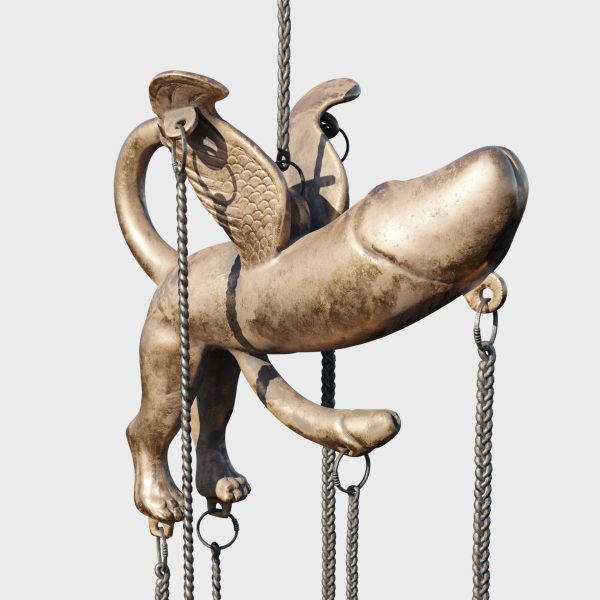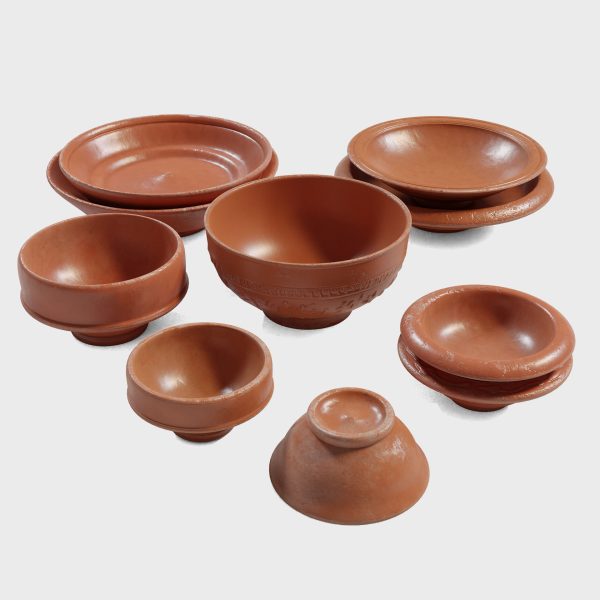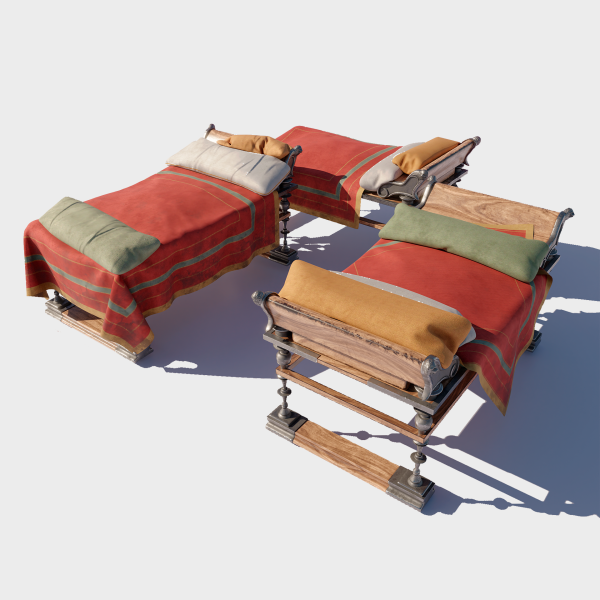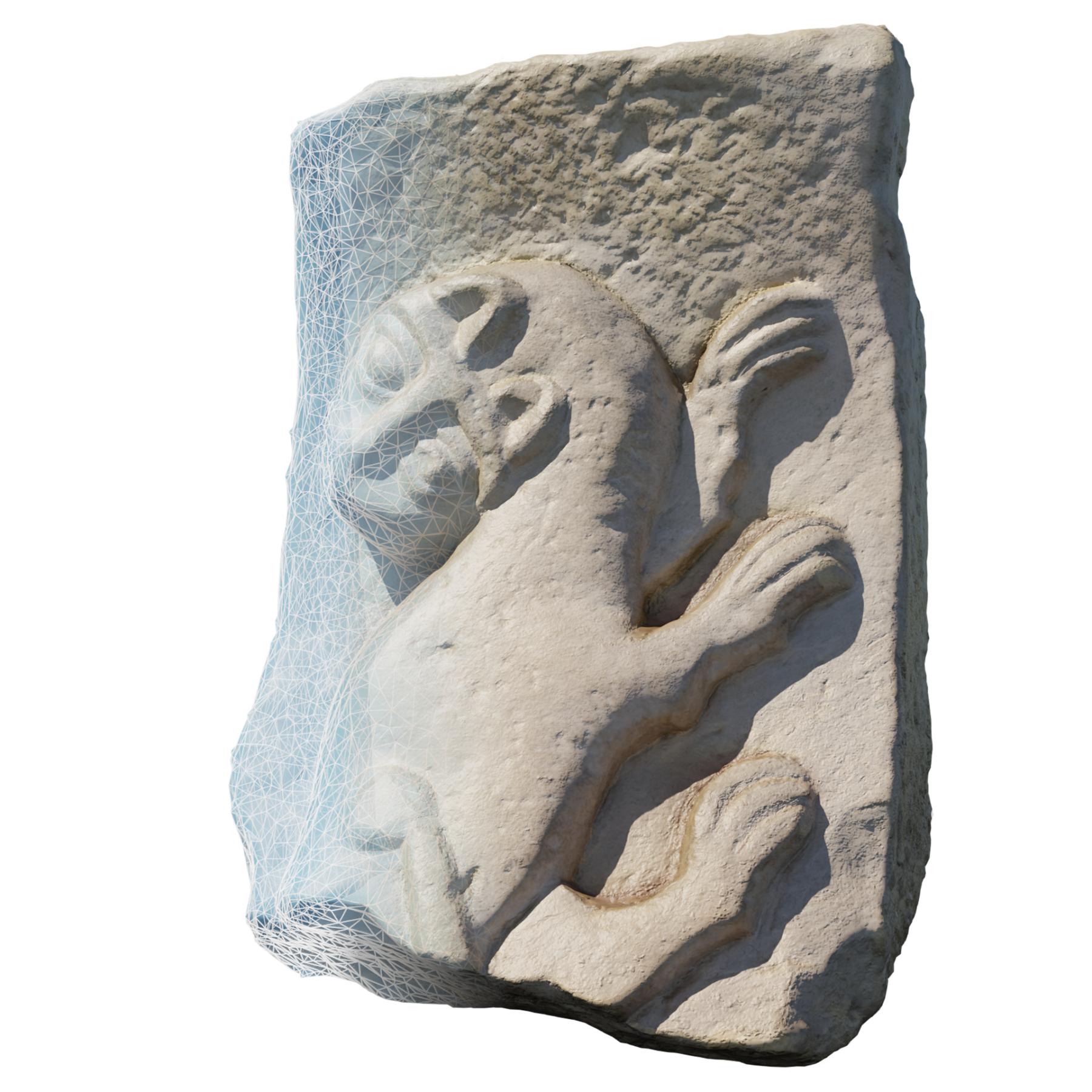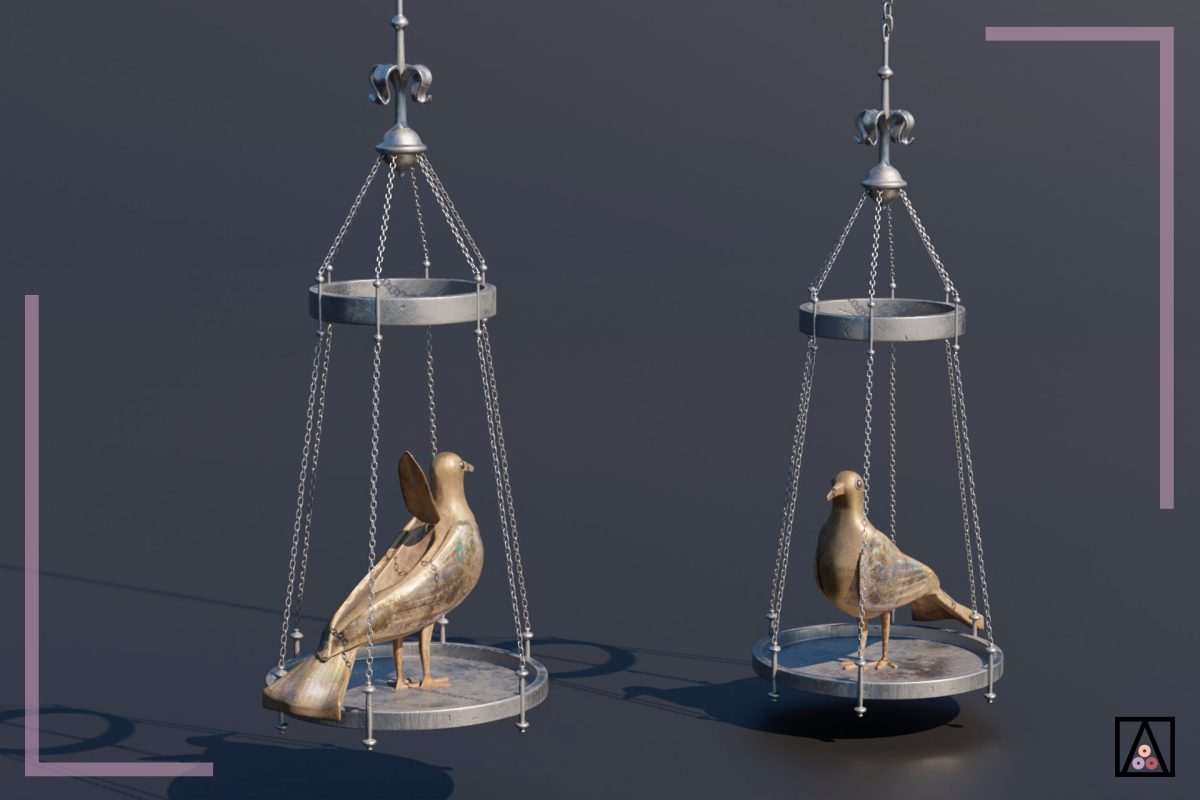

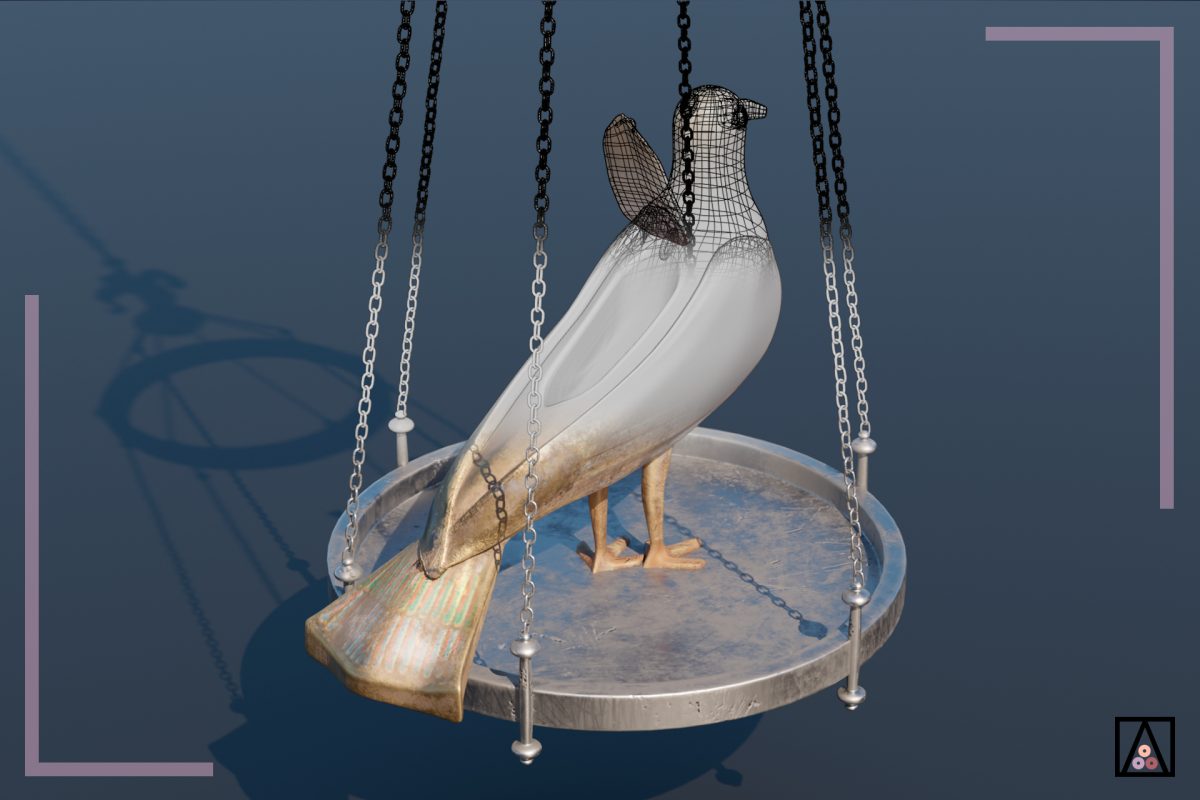
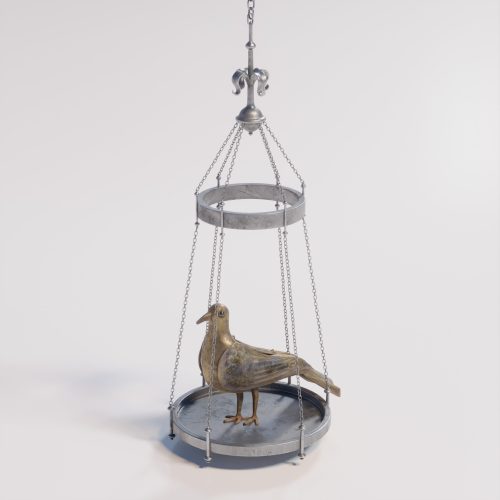
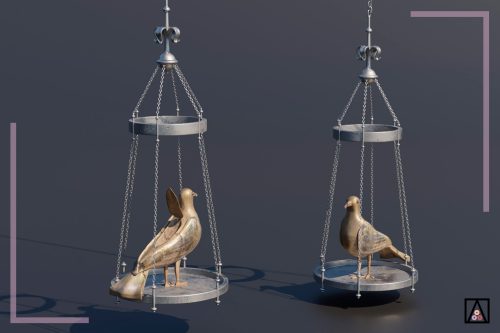


These objects, also known as peristeria, are shaped like a dove and were intended to store the Consecrated Host. They are made up of a central body that includes a cavity in the upper part to store the Sacred Form, to which independent pieces are added such as the wings, tail, beak and legs. The main body used to be decorated with chisels with motifs that simulate the plumage of this bird. The wings and tail could have decorative enamel motifs created using the technique known as champlevé in which a remarkably rich color palette could be seen.
LOD0: 283K Poly / 567K Tris
LOD1: 65K Poly / 130K Tris
LOD2: 43K Poly / 43K Tris
LOD3: 23K Poly /23K Tris
Game Ready Model
Formats: .FBX; .OBJ; .blend.
PBR materials (JPG/PNG)
Texture maps: Base Color, Normal Map, Metallic, Roughness, AO, Height.
Texture resolution: 1K, 2K and 4K.
Rigged: No
Animated: No
Mask for color alternatives: No
Mackenzie Walcott (1968): Sacred Archaeology: a popular dictionary of ecclesiastical art and institutions. London.
McLachlan, E. (2005): "Liturgical Vessels and Implements". In The Liturgy of the Medieval Church. Consortium for the Teaching of the Middle Ages. Kalamazoo, Michigan: Western Michigan University. Pp.: 398-399. Fig.6.
Taburet-Delahaye, E. y Drake Boehm, B. (1995): L'Oeuvre de Limoges: Emaux limousins du Moyen Age. Réunion des Musees Nationaux. París. Nª. 106. Pp. 318-319.
Website of Museu Nacional D'Art de Catalunya: https://www.museunacional.cat/en/colleccio/eucharistic-dove/anonim/065533-000




